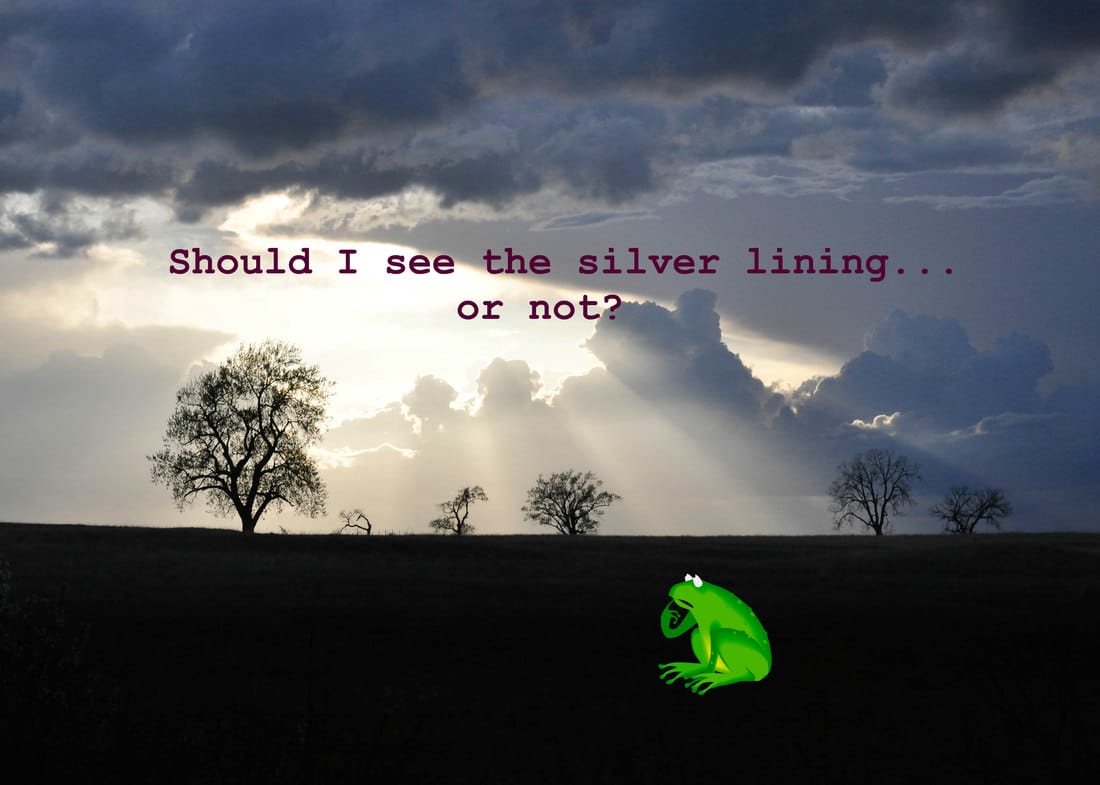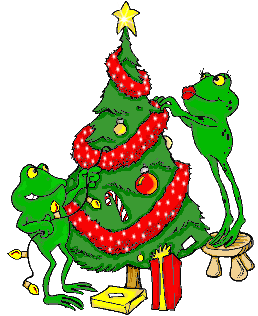It's pretty common practice for us these days, come the New Year, to resolve to change and improve ourselves. But did you know that the ancient Babylonians, some 4000 years ago, are thought to be the first people to make New Year's resolutions? They were also the first to hold recorded celebrations in honor of the new year. For them, the new year began in March, not January, and coincide when the crops were planted. It was a massive 12-day celebration known as Akitu during which time the new king of Babylon was crowned, or the reigning king was reaffirmed. They made promises to the gods to pay their debts and to return any objects that they borrowed. Sounds kind of familiar, doesn't it? If the Babylonians kept their word, the pagen gods would bestow favors on them during the coming year. And if they didn't? They'd fall out of favor with the gods and that's not a place anyone wanted to be!
In ancient Rome, a similar practice occurred when emperor Julius Caesar tinkered with the calendar and made January 1st the official start of the new year in 46 BC. January, named for the god Janus, a two-faced god who spirit inhabited doorways and arches, had a special meaning for the Romans. They believed that Janus could look back at the old year as well as look ahead into the future. Early Romans made sacrifices to this deity and made promises to him of good conduct for the coming year.
Fast-forward to the early Christains and we learn that January 1st was, tradtionally, a day for thinking about one's past mistakes and resolving to do better. and be better, in the future. John Wesley, the English clergyman and founder of the Methodism, created the Covenant Renewal Service in 1740. It was most often held on New Year's Eve or New Year's Day. Hymns were sung and scriptures were read, giving a religious alternative to the typical raucaus celebrations commonly held.
Despite it's religious roots, New Year's Eve and New Year's Day celebrations have become mostly a secular practice. Now, in stead of making promises to the gods, humans (and frogs, too) make promises to themselves. It is believed that 45% of humans make New Year's resolutions while only 8% are successful at achieving their goals. The numbers aren't much better in the amphibian world, either. But these dismal numbers don't stop us from continuing the tradition of making New Year's Eve resolutions. I mean, after all, it's a practice that has effectively been around for 4000 years! So why stop now?
I wish all the best to each of you in 2017. As for me, I am resolving to write better blogs, to remain steadfast in my search for my true self, and to look for peace and joy from within...and not expect that it will come from others. I think I've grown a lot over this past year and my biggest wish, for all of you is that, together, we can continue to work towards making our planet a kind, safe, compassionate, and caring place for every single living thing. I hope to see you all back here on Tuesday, January 3rd.
Until, I wish you peace. And please stay safe, no matter what you do or where you go this holiday weekend!











 RSS Feed
RSS Feed